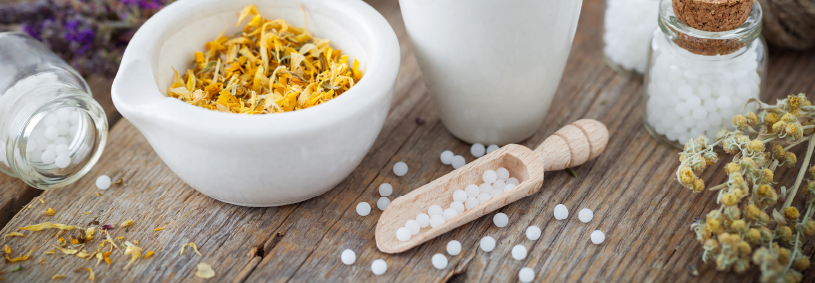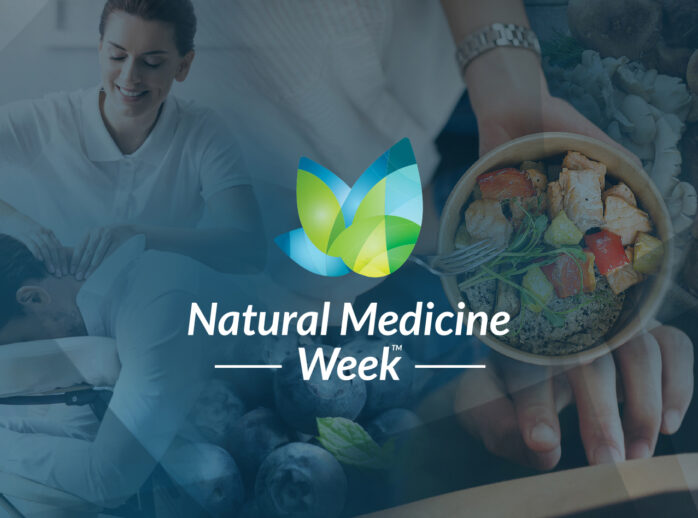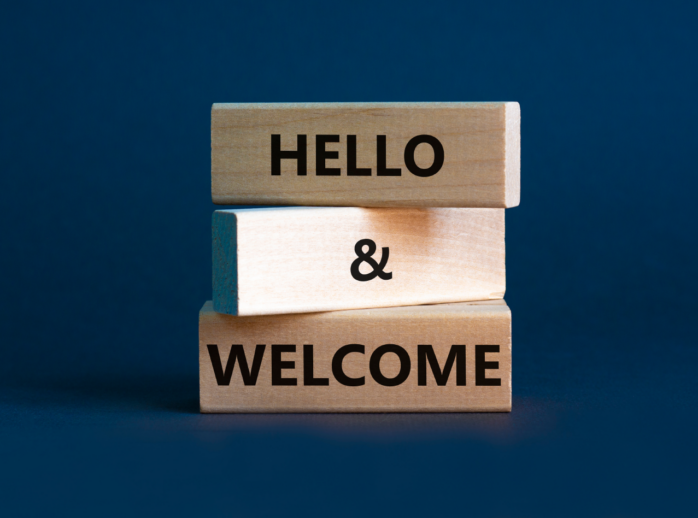Homoeopathy
- Modalities
- Homoeopathy
Vitalism is the central theory in the practise of Homoeopathy. This is the theory that there is one unifying energetic force that makes biological life functional. Other cultures have a different word for this same vital force, for example, Chinese medicine uses the word “chi” while Ayurvedic medicine uses the word “prana”. A curative Homoeopathic medicine given at an optimal dose, which has been individually selected for a patient is prescribed with the intention of supporting the self-healing capacity of this person’s vital force.
Rather than symptomatically opposing this self-healing capacity, a Homoeopathic medicine wholistically encourages the full resolution of a patient’s health issues with sympathy and assists in achieving a thorough cure of the acute or chronic challenge. This is achieved by utilising the therapeutic vital force in nature’s bounty of medicines – chosen from plants, minerals and other natural sources. Each of the 8,000 plus Homoeopathic medicines has a known therapeutic profile derived from prior ethical testing on humans, so selecting a suitable medicine is a process of matching the patient profile derived from case taking, to the most similar one of the known medicine profiles.
Homoeopathic medicines are uniquely potentised according to a pharmacopoeia standard to make their vital force even more therapeutically available for healing. In follow-up patient reviews, assessment is made that the Direction of Cure has occurred, where the most important issues get better first, and even old unresolved problems get sorted in reverse chronological order. It’s amazing to see a patient’s medical history finally get sorted. No wonder that the World Health Organisation recognises Homoeopathy as the second most widely used system of medicine in the world.

Homoeopathy Events and Webinars
Recordings of ATMS Streamlining Your Practice Seminar 2023
Online 9:30 am - 4:30 pm AEDTHomoeopathy News

We're thrilled to announce the launch of our new website. As part of our commitment to security, we kindly ask all members to update their passwords when logging into their MEMBER PORTAL.

A big thank you to all practitioners who have already shown their support...

The Australian Traditional-Medicine Society (ATMS) Board is pleased to announce the appointment of Annie Gibbins M.Ed. Grad.Dip.Ed. B.Hlth.Sc MAICD as the new CEO, commencing Tuesday 13 February 2024.
On this page
Need a Practitioner?
Find a trusted and qualified natural therapist near you via the ATMS ‘Find a Practitioner’ search tool.
Find a Practitioner
